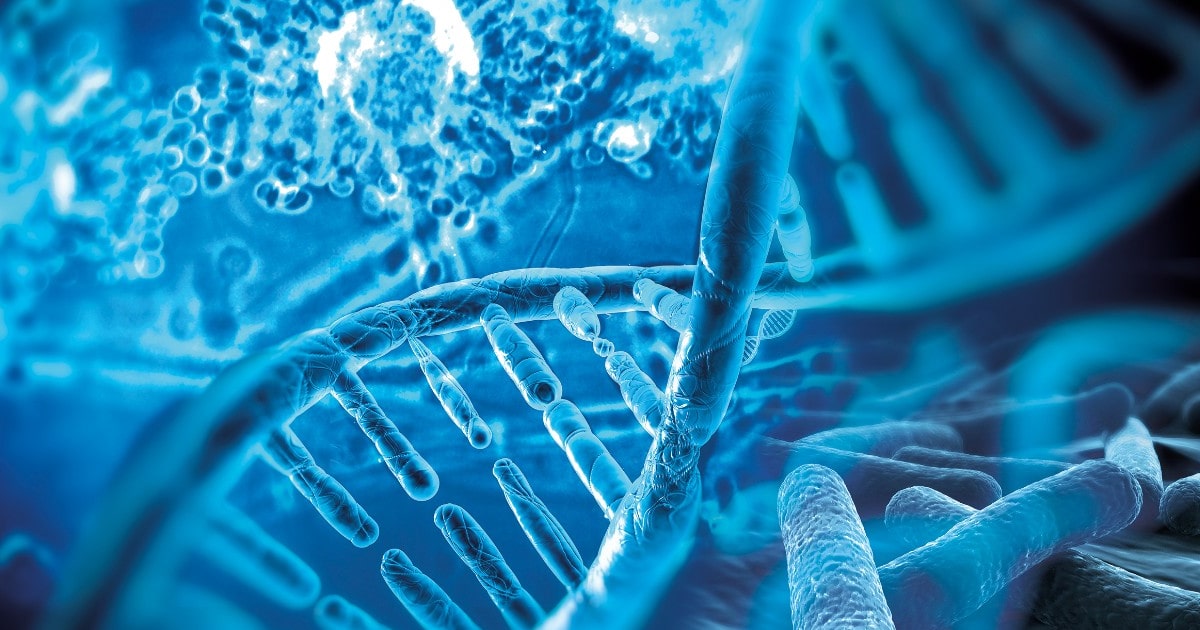
Expert Reviewed By: Dr. Brandon Colby MD
Cleidocranial dysplasia 2 (CCD2) is a rare genetic disorder that affects the development of bones and teeth. This condition is characterized by underdeveloped or absent collarbones (clavicles), delayed closure of the spaces between the skull bones (fontanelles), dental abnormalities, and various other skeletal malformations. Genetic testing plays a crucial role in the diagnosis and management of CCD2, helping patients and their families better understand the condition and make informed decisions about treatment and care.
Understanding Cleidocranial Dysplasia 2
CCD2 is a form of cleidocranial dysplasia, which is a group of conditions that share similar features. This disorder is caused by mutations in the RUNX2 gene, which provides instructions for producing a protein essential for the development and maintenance of bones and cartilage. When this gene is mutated, the resulting protein is unable to function properly, leading to the characteristic bone abnormalities seen in CCD2.
CCD2 is inherited in an autosomal dominant pattern, which means that an affected person has a 50% chance of passing the condition on to each of their children. In some cases, the disorder is caused by a new mutation in the RUNX2 gene and occurs in people with no history of the condition in their family.
Diagnosing Cleidocranial Dysplasia 2
Diagnosis of CCD2 typically begins with a thorough physical examination and review of the patient's medical and family history. Imaging studies, such as X-rays, may be used to visualize the characteristic bone abnormalities associated with the condition. In some cases, a diagnosis can be made based on clinical findings alone, but genetic testing is often used to confirm the diagnosis and provide additional information about the specific mutation causing the disorder.
Genetic Testing for Cleidocranial Dysplasia 2
Genetic testing for CCD2 involves analyzing a sample of the patient's DNA to look for mutations in the RUNX2 gene. This can be done using a variety of techniques, including:
- Sequence analysis: This method involves examining the entire coding region of the RUNX2 gene to identify any mutations that may be causing the disorder.
- Deletion/duplication analysis: This technique is used to detect larger changes in the RUNX2 gene, such as deletions or duplications, that may be responsible for CCD2.
In some cases, if a specific mutation has already been identified in a family member with CCD2, targeted testing can be performed to determine whether other family members also carry the mutation.
Uses of Genetic Testing in Cleidocranial Dysplasia 2
Genetic testing for CCD2 can be helpful in several ways:
- Confirming a diagnosis: Genetic testing can provide definitive evidence of the presence of a RUNX2 mutation, confirming the diagnosis of CCD2 and helping to guide treatment and management decisions.
- Carrier testing: If a specific RUNX2 mutation has been identified in a family member with CCD2, other family members can undergo genetic testing to determine whether they are carriers of the mutation. This information can be useful for family planning and reproductive decision-making.
- Prenatal testing: For couples who are known carriers of a RUNX2 mutation, prenatal testing can be performed to determine whether their unborn child is affected by CCD2. This can help parents make informed decisions about pregnancy management and prepare for the care of a child with the condition.
Conclusion
Understanding and diagnosing cleidocranial dysplasia 2 is essential for ensuring that affected individuals receive appropriate care and support. Genetic testing plays a critical role in this process, providing valuable information about the specific mutation causing the disorder and helping patients and their families make informed decisions about treatment and care. If you or a loved one is affected by CCD2 or another form of cleidocranial dysplasia, consider discussing the potential benefits of genetic testing with a healthcare professional.
About The Expert Reviewer
Dr. Brandon Colby MD is a US physician specializing in the personalized prevention of disease through the use of genomic technologies. He’s an expert in genetic testing, genetic analysis, and precision medicine. Dr. Colby is also the Founder of and the author of Outsmart Your Genes.
Dr. Colby holds an MD from the Mount Sinai School of Medicine, an MBA from Stanford University’s Graduate School of Business, and a degree in Genetics with Honors from the University of Michigan. He is an Affiliate Specialist of the American College of Medical Genetics and Genomics (ACMG), an Associate of the American College of Preventive Medicine (ACPM), and a member of the National Society of Genetic Counselors (NSGC)